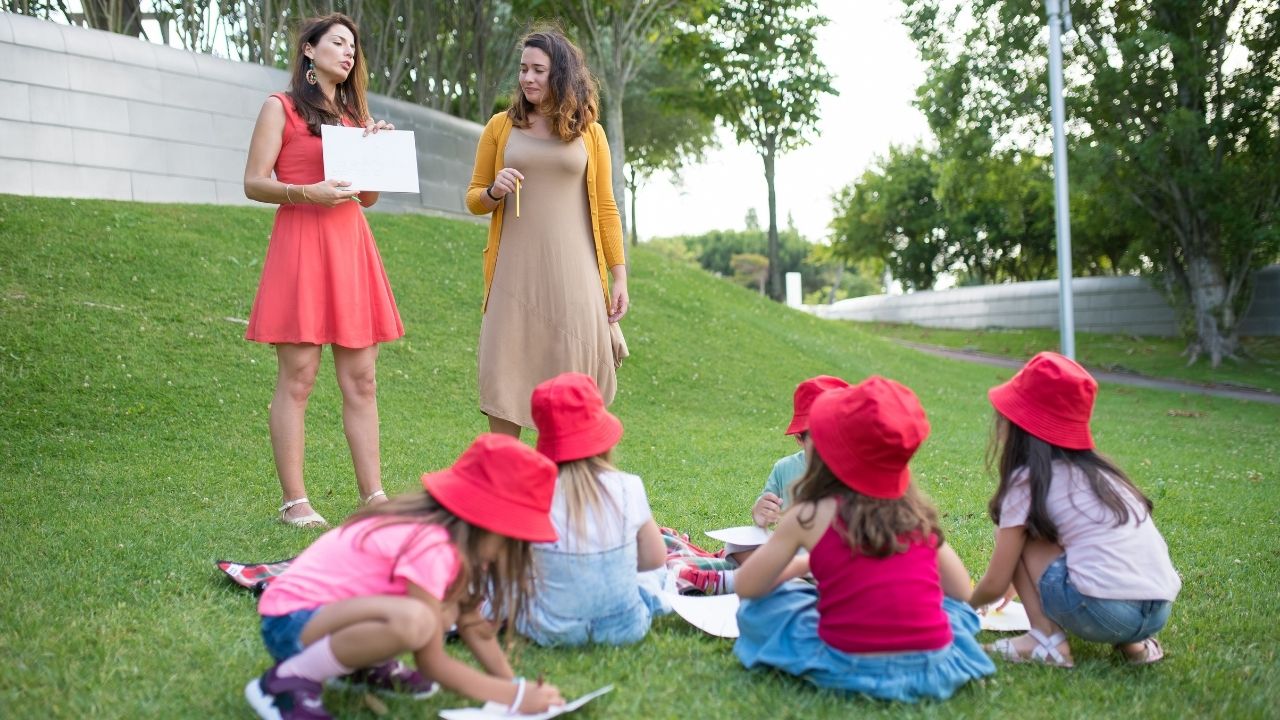
Understanding Differentiated Instruction
Differentiated instruction is a teaching approach that tailors learning experiences to meet the diverse needs of individual students within a classroom. This approach recognizes that students have varying learning styles, abilities, and interests, and aims to provide them with the support and challenges they need to succeed. In a special education classroom, where students often have a wide range of learning needs, implementing differentiated instruction is crucial for promoting inclusive teaching and ensuring that every student has the opportunity to reach their full potential.
Assessing Students' Learning Needs
The first step in implementing differentiated instruction in a special education classroom is to assess each student's learning needs. This involves gathering information about their strengths, weaknesses, learning preferences, and any specific challenges they may face. Teachers can use a variety of assessment tools, such as observations, interviews, and formal assessments, to gain a comprehensive understanding of each student's unique learning profile. By identifying students' learning needs, teachers can develop individualized learning plans that address their specific requirements and help them progress at their own pace.
Adapting Curriculum and Instruction
Once teachers have a clear understanding of their students' learning needs, they can begin adapting the curriculum and instruction to meet those needs. This may involve modifying the content, process, or product of learning activities to ensure that all students can access and engage with the material. For example, teachers may provide visual aids, use manipulatives, or break down complex tasks into smaller, more manageable steps to support students who struggle with abstract concepts or have attention difficulties. They may also offer choices in how students demonstrate their learning, such as allowing them to create a project, give an oral presentation, or write an essay, depending on their strengths and preferences.
Utilizing Flexible Grouping Strategies
Flexible grouping is another key component of differentiated instruction in a special education classroom. This involves arranging students into small groups based on their learning needs, interests, or abilities, and providing targeted instruction and support within those groups. Flexible grouping allows teachers to tailor their teaching to the specific needs of each group, while also promoting collaboration and peer learning. Groups can be formed based on various criteria, such as readiness levels, learning styles, or areas of interest, and can be adjusted as students' needs change over time.
Incorporating Assistive Technology
Assistive technology can be a powerful tool for supporting differentiated instruction in a special education classroom. This includes any device, software, or equipment that helps students with disabilities access the curriculum and participate fully in learning activities. Examples of assistive technology include text-to-speech software, voice recognition programs, and adaptive keyboards or mice. By incorporating assistive technology into their teaching, teachers can remove barriers to learning and provide students with the tools they need to succeed.
Collaborating with Support Staff and Families
Implementing differentiated instruction in a special education classroom requires collaboration and support from a variety of stakeholders, including special education teachers, general education teachers, paraprofessionals, and families. By working together, these individuals can share expertise, resources, and strategies for meeting the diverse needs of students. Regular communication and collaboration can help ensure that everyone is working towards the same goals and that students are receiving consistent support across all learning environments.
Monitoring Progress and Adjusting Instruction
Finally, implementing differentiated instruction in a special education classroom requires ongoing monitoring and adjustment of teaching strategies based on student progress. Teachers should regularly assess students' learning and use that data to inform their instructional decisions. This may involve modifying lesson plans, regrouping students, or providing additional support or challenges as needed. By continuously evaluating and adjusting their teaching, teachers can ensure that all students are making progress and receiving the individualized support they need to succeed.
In conclusion, implementing differentiated instruction in a special education classroom is a complex but rewarding process that requires careful planning, collaboration, and a commitment to meeting the diverse needs of all students. By assessing students' learning needs, adapting curriculum and instruction, utilizing flexible grouping strategies, incorporating assistive technology, collaborating with support staff and families, and monitoring progress, teachers can create an inclusive and supportive learning environment that helps all students reach their full potential.
 Careers in EducationElementary EducationHigh School EducationEducational TechnologyTeaching StrategiesSpecial EducationPrivacy PolicyTerms And Conditions
Careers in EducationElementary EducationHigh School EducationEducational TechnologyTeaching StrategiesSpecial EducationPrivacy PolicyTerms And Conditions
